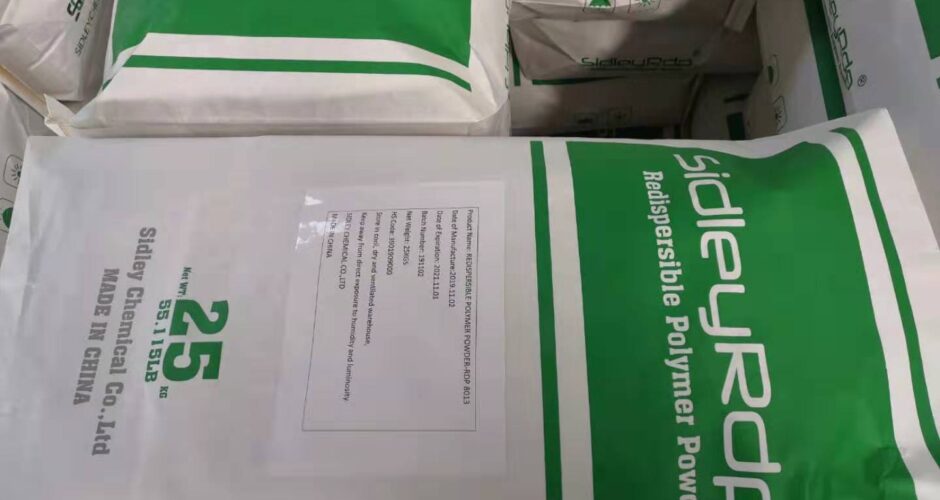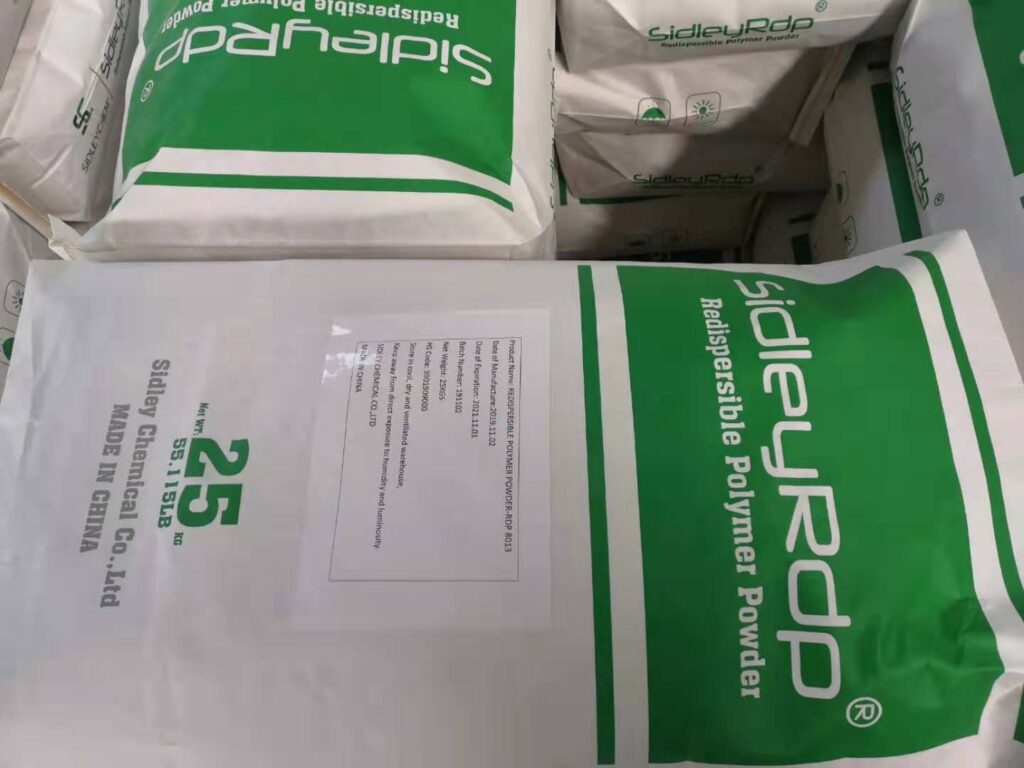
The continuous development of modern building construction technology and building materials industry has prompted people to develop high-performance, various special-purpose mortar to meet the requirements of construction, decoration, functionality and adhesion, flexibility and durability in the process of using mortar with different bases. In order to make the mortar meet the above special requirements, polymer is often used to modify the mortar, that is, the system of two kinds of cementitious materials, that is, inorganic cementitious materials (such as cement) bind aggregate together to form a rigid skeleton. Organic cementitious materials give rigid skeleton cohesion and dynamic behavior and good adhesion to hard-to-bond base knot performance.
Polymer modified cement matrix composites refer to the addition of polymer materials dispersed in water or can be dispersed in water during cement mixing. They include composites mixed with non-doped aggregate, such as cement slurry, cement mortar and concrete. Polymer modified mortar is also called polymer cement mortar. Mortar and concrete modified by emulsion are also called emulsion modified mortar and emulsion modified concrete. After adding polymer materials, many properties of cement-based materials, such as strength, deformation ability, bonding performance, waterproof performance, durability, etc., will be improved, and the degree of improvement will be compared with the ratio of poly-cement (solid polymer). The The ratio of quality to cement quality), the variety and properties of polymers have a great relationship.
Section I Synthesis of Polymer Polymers
Polymer, also known as polymer compounds, is a general term for natural polymers and synthetic polymer compounds. It is a compound composed of a continuous sequence of (homopolymer) or several (copolymer) structural units linked together by covalent bonds with high molecular weight and regular comparison.
Polymer can be drawn into synthetic fiber, made into high elastic synthetic rubber, or through processing to form rigid materials —— plastics, this is the so-called three major synthetic materials, Polymer can also be used as a modifier for cement mortar.

I. Classification of polymer
Polymer can be divided into natural polymer, synthetic polymer, semi-synthetic polymer and so on according to its source; according to its performance, it can be divided into fiber, rubber, plastic, coating and adhesive; according to its molecular weight, polymer can be divided into oligomer and polymer, the type of repeat unit is only one kind called homopolymer, the molecule contains two or more repeat units called copolymers; according to polymer formation reaction or polymer structure, it can be divided into linear polymer, graft copolymer, block copolymer (also called mosaic copolymer), polymer and so on; from the point of view of molecular chemistry of high polymer, it is generally based on the classification of organic compounds. According to its main chain structure, it can be divided into three categories: carbon chain polymer, hetero-chain polymer and elemental organic polymer. According to the properties of polymer to heat, it can be divided into thermoplastic polymer and thermosetting polymer. The classification of polymers is shown in figure 3.1.
Carbon chain polymer macromolecular main chain is composed of carbon atoms, most of them belong to this category, such as polyvinyl chloride, etc. In addition to carbon atoms, heteroatoms such as oxygen, nitrogen, sulfur and polyurethane and polysulfide rubber have characteristic groups in the macromolecule, which are mostly used in waterproof coating, water blocking material, sealing material and so on. There are no carbon atoms in the macromolecular chain of elemental organic polymer, mainly composed of silicon, boron, aluminum and oxygen, nitrogen, sulfur and phosphorus, but the side group is composed of organic groups such as methyl, ethyl, vinyl, vinyl such as silicone rubber.
